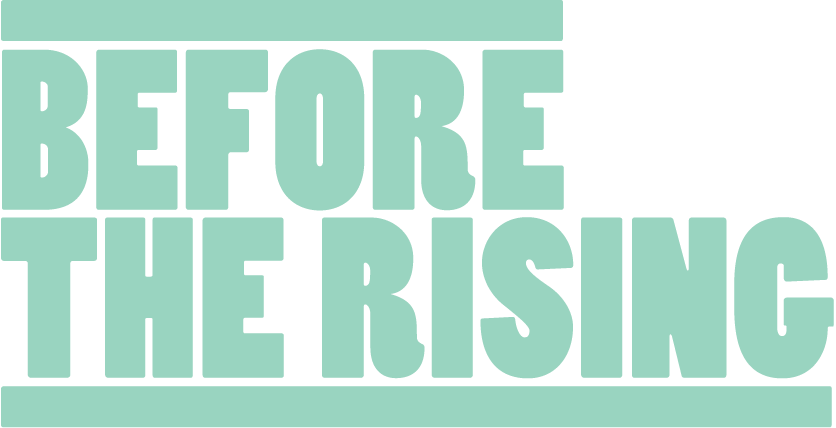
In 1916, the printed word was the dominant means of communication. Print was prolific, with broadsheets, newspapers, posters, fliers, handbills and postcards evident on every street corner. Print forms were divided into jobbing work such as commercial posters and flyers, stationary, advertisements, popular media, newspapers, journals, books and academic publications. The press industry was thriving in Dublin, meeting the demands of the growing middle and upper classes.

In 1916, Dublin was the second capital city in the British Empire and as such had a large print industry. The centre of the city was dotted with print shops and print works. In the suburbs, paper mills and dye factories lined the Liffey, Dodder, Tolka and Camac rivers.
Much printed content dealt with key political issues such as the recruitment drive for the First World War, the domestic issue of Home Rule and Socialist post-1913 Lockout activists such as the Suffragette movement, as well as advertising of social events. Against this backdrop, the print industry was producing large amounts of material for nationalist and unionist organisations. The ever growing militaristic tone of these organisations is evident in the text, illustration and branding of the surviving print.
Newspapers and journals played a key role in the dissemination of political feeling in 1916. From the outbreak of the First World War, the Dublin Castle administration closely monitored all printed works, and employed the Defence of the Realm Act to suppress any that were seen to incite sedition or discontent towards the lawful authority.
